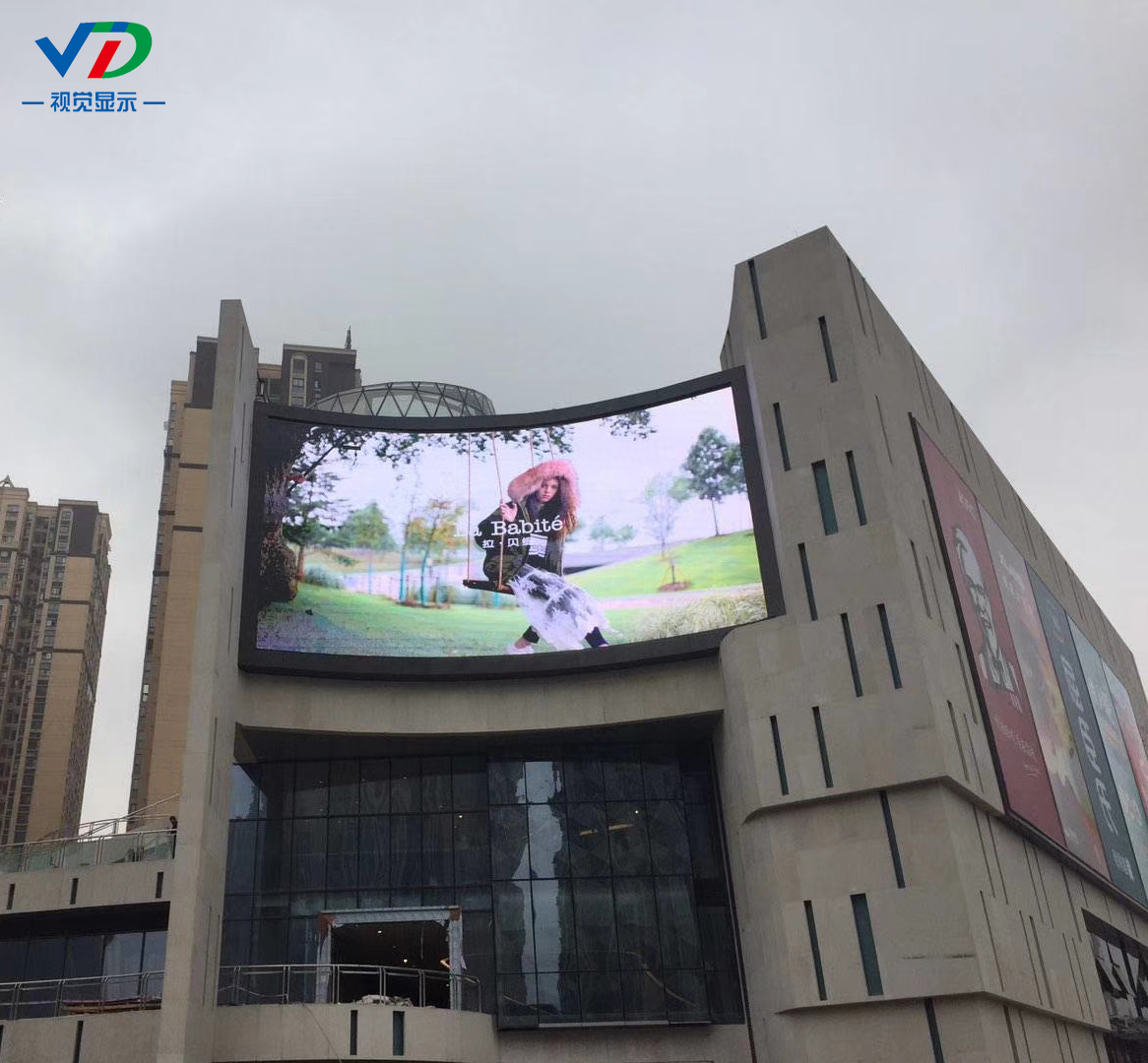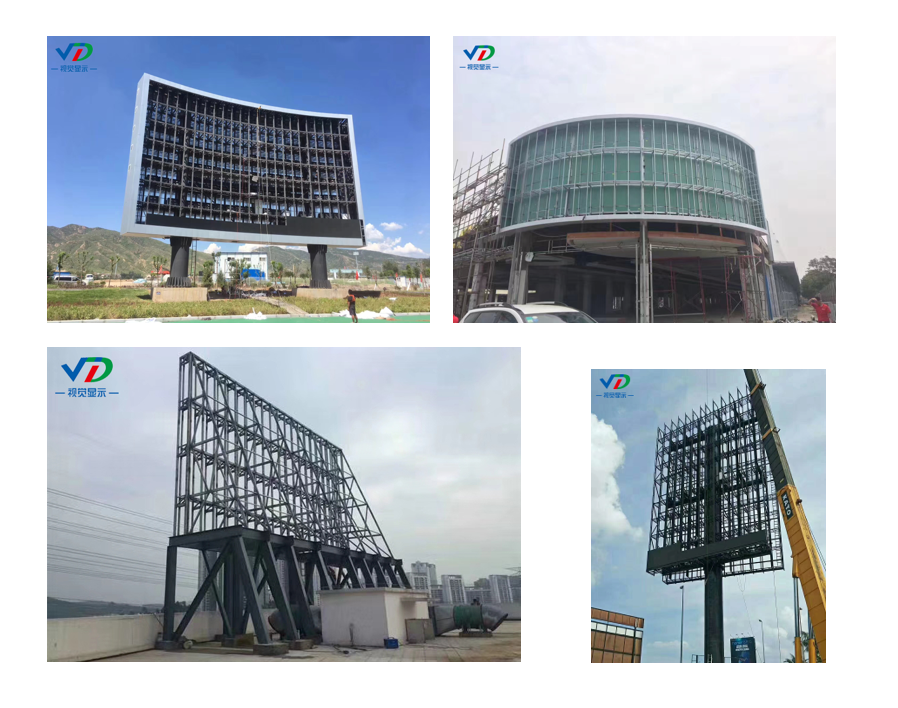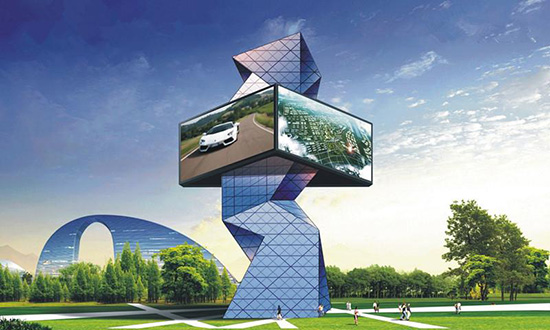More sensor technology applied to automobile safety system to promote autonomous vehicles
At present, the automotive industry is looking for innovative ways to protect the safety of drivers and passengers, starting with a small increase in safety performance, and the ultimate goal is to create fully autonomous vehicles. The automotive industry has seen rapid growth in the application of safety functions such as anti-lock braking systems, electronic stability control, multiple airbags, and the recently appeared rearview camera system.
At the same time, the automotive industry is also constantly under pressure from various government groups and consumers themselves, demanding the production of vehicles with more effective safety features. For example, the National Highway Traffic Safety Administration (NHTSA) has proposed to define a specific area behind each vehicle. When the vehicle reverses, the driver must be able to see this area. The solution is a rear-view camera system. Similarly, the new car evaluation procedures (NCAP) in European countries are promoting the development of safety features, such as collision warning, lane departure warning, automatic high beam control and other safety features.
Safety Promotion Project
Security standards are usually stipulated by government agencies or promoted by the insurance industry. These standards are increasingly focusing on new technologies that can improve security and have the opportunity to improve the user experience. This allows relevant technology suppliers to not only stand out, but also get a higher return on investment.
Introduction and evolution of driver assistance systems for autonomous vehicles
Since the early 1990s, developers of advanced driver assistance systems (ADAS) have been working hard to provide a safer and more convenient driving experience. Over the past two decades, features such as ultrasonic assisted parking, adaptive cruise control and lane departure warning systems have been deployed in high-end vehicles. Recently, car manufacturers have added rear-view cameras, blind spot detection, and surround view display systems as options. In addition to ultrasonic-assisted parking, the deployment of ADAS systems has been limited, but it is expected that the deployment of ADAS systems will increase significantly in the next decade.
At present, regulations that may be formulated by the government, strong consumer interest in security features, and innovations in remote sensors and related algorithms are driving the growth of ADAS deployments. These algorithms are often used to extract and interpret critical security information. Over time, these ADAS systems will become more advanced and will shift from high-end vehicles to mainstream vehicles, where camera-based processing will play a very important role.
Using the power provided by these technological developments, the automotive industry has begun to seriously consider developing autonomous vehicles that minimize human interference and drive autonomously.
Some examples of features currently available in vehicles can be used as an early basis for autonomous vehicles. These features will be discussed below.
Adaptive Cruise Control (ACC)
Adaptive cruise control (ACC) is an optional feature of high-end vehicles. It uses radar or laser devices to decelerate the vehicle when it approaches another vehicle and accelerates to a predetermined speed again when traffic conditions permit. Such a system will become the basis for future smart vehicles, further increasing the vehicle's safety features.
Lane departure warning (LDW)
A study conducted by the National Highway Traffic Safety Administration (NHTSA) in 2003 showed that 55% of fatalities were caused by vehicles deviating from the lane and hitting other vehicles or roadside obstacles. The above data provides support for the LDW system. When the vehicle deviates from its designated lane, the LDW system can alert the driver.
The camera-based LDW system uses a small camera installed behind the rear-view mirror to detect lane markings on highways. The camera detects road edge markings, and if the driver inadvertently crosses the lane (turn signals are not used), an early warning is issued — such as steering wheel vibration — to alert the driver to return to the lane.
In a system that uses radar and camera technology in combination, the camera image and vehicle speed are sent to the system's microprocessor. This information is used to calculate the distance between the car and the lane marking and the lateral speed relative to the lane marking Rate of change. Then, the microprocessor compares it with the standard data to determine whether the vehicle deviates from the lane. If it is judged that the vehicle deviates from the lane based on the distance and lateral speed, the driver will be warned by an indicator light on the dashboard or by a buzzer-like alarm.
Collision mitigation or collision warning
These systems generally utilize a single forward-looking camera equipped with an auxiliary system such as a lidar, or a two-camera stereo system, where stereo imaging is used to determine distance and detect vehicles and objects in front of the vehicle. The information of this system is used in combination with the state of the vehicle to determine whether there is a situation that requires the driver to be alerted, or in some more advanced embodiments, the system intervenes and performs braking to avoid a collision.
At present, these systems have a greater effect on reducing the "minor collisions" that occur in typical commuter traffic congestion, and it is possible to avoid more serious accidents at higher speeds.
By 2015, the market will be able to provide vehicles with some autonomous driving functions, and by 2020 there will be more advanced autonomous vehicles.
The combination of camera-based systems (ie collision avoidance), advanced vehicle-to-vehicle or vehicle-to-infrastructure communication systems that can be embedded in cars or mobile devices, and many other technologies that are being developed constitute a combination of various sensors and communications Technology to realize the future prospects of autonomous vehicles.
Currently, the outdoor media are mainly composed of text spraying and LED outdoor Advertising Screen. The outdoor advertising screen is also the most popular way of media, but it is regulated by the government, so the area and location must be approved. After the approval, the steel structure and screen body shall be customized according to the site conditions. So the main cost ways of Outdoor Led Display are: Led Display, steel structure, surrounding products and product electricity. Outdoor LED display as a commercial, investment and advertising is the main source of income. Of course, with the popularity of LED outdoor screens, more and more are used for lighting, store layout, and become a bright landscape in a modern metropolis.

LED outdoor advertising screen features:
1. Strong visual impact, dynamic picture and sound, all-round let the audience feel, effectively transmit advertising information to guide consumption. In the face of overwhelming advertising, memory limitations and unlimited information dissemination, the use of LED display has become a scarce resource.
2. According to the shape of the wall, it can be straight or curved. Shape diversity creates more personalization and strong visual impact.
3. The credibility of the audience is high. Compared with the rejection and distrust of the advertising flyers artificially distributed on the street, the application of LED display makes the audience more active and passive. It can avoid the help barriers caused by the conscious active avoidance of the advertising audience, and greatly improve the credibility and promotion of the Led Screen advertising content.
4. Accurate advertising, the original extensive advertising effect is not good, resulting in waste, so it is more product content to meet the needs of the masses, hot news, hot TV and movies can be used for reference, to control the market heat and laws freely.

Product structure: outdoor LED display mainly consists of screen body, control system, heat dissipation system and structure. The control mode includes remote control and field control, timing switch, etc.

Outdoor Led Screen,Outdoor Fixed Led Display,Outdoor Fixed Led Display Screen,Outdoor Fixed Led Wall
Shenzhen Vision Display Technology Co,.LTD , https://www.ledvdi.com